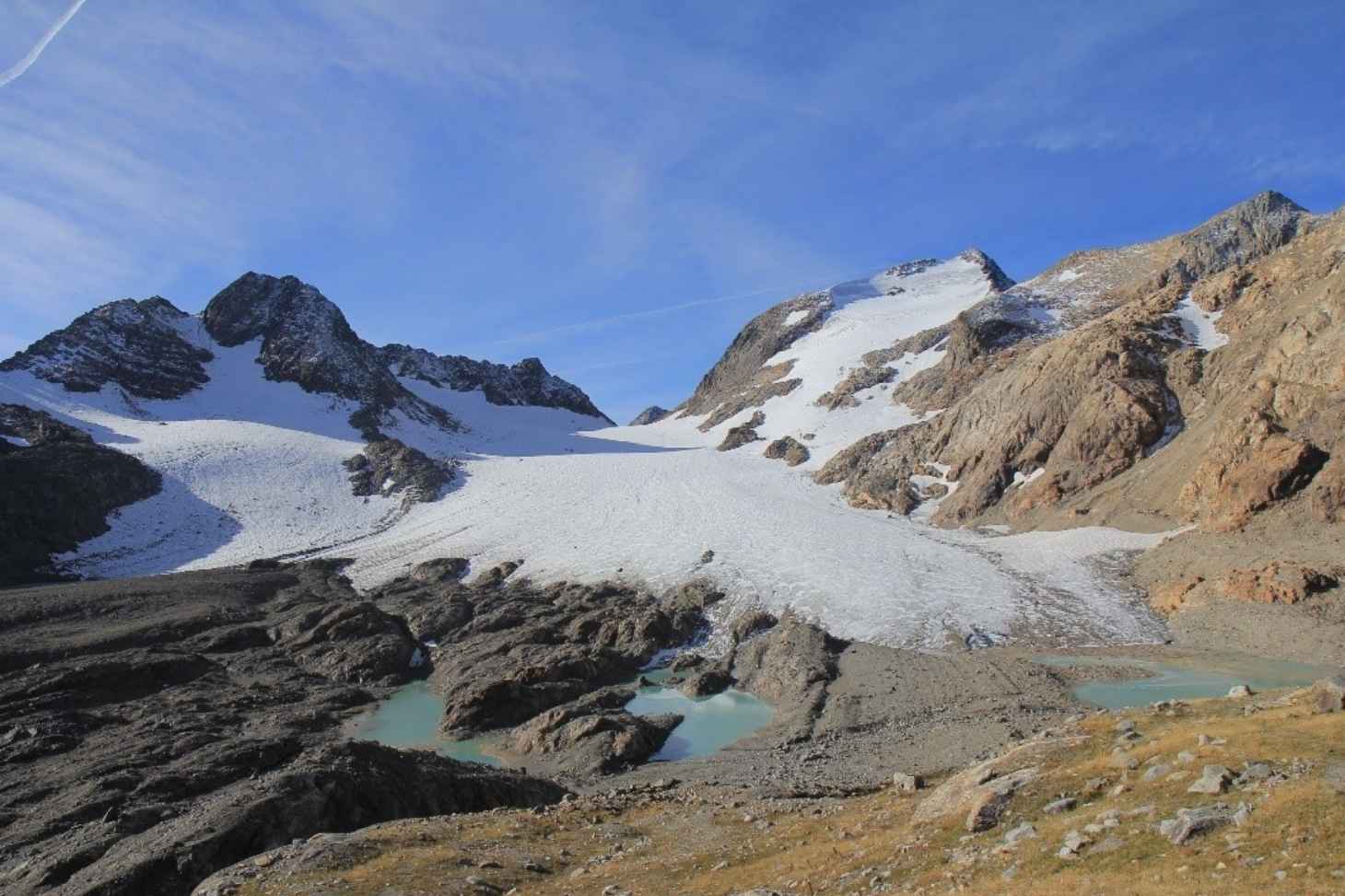Community estimate of global glacier mass changes from 2000 to 2023.
Michael Zemp, Livia Jakob, Inés Dussaillant, Samuel U. Nussbaumer, Noel Gourmelen, Sophie Dubber, Geruo Aa, Sahra Abdullahi, Liss Marie Andreassen, Etienne Berthier, Atanu Bhattacharya, Alejandro Blazquez, Laura F. Boehm Vock, Tobias Bolch, Jason Box, Matthias H. Braun, Fanny Brun, Eric Cicero, William Colgan, Nicolas Eckert, Daniel Farinotti, Caitlyn Florentine, Dana Floricioiu, Alex Gardner, Christopher Harig, Javed Hassan, Romain Hugonnet, Matthias Huss, Tómas Jóhannesson, Chia-Chun Angela Liang, Chang-Qing Ke, Shfaqat Abbas Khan, Owen King, Marin Kneib, Lukas Krieger, Fabien Maussion, Enrico Mattea, Robert McNabb, Brian Menounos, Evan Miles, Geir Moholdt, Johan Nilsson, Finnur Pálsson, Julia Pfeffer, Livia Piermattei, Stephen Plummer, Andreas Richter, Ingo Sasgen, Lilian Schuster, Thorsten Seehaus, Xiaoyi Shen, Christian Sommer, Tyler Sutterley, Désirée Treichler, Isabella Velicogna, Bert Wouters, Harry Zekollari, Whyjay Zheng.
Nature, 19 february 2025. DOI :
https://doi.org/10.1038/s41586-024-08545-z


